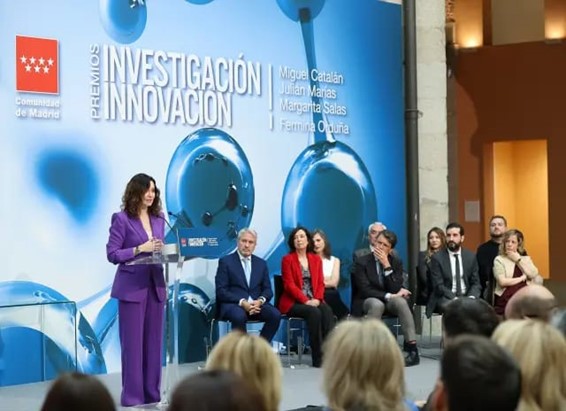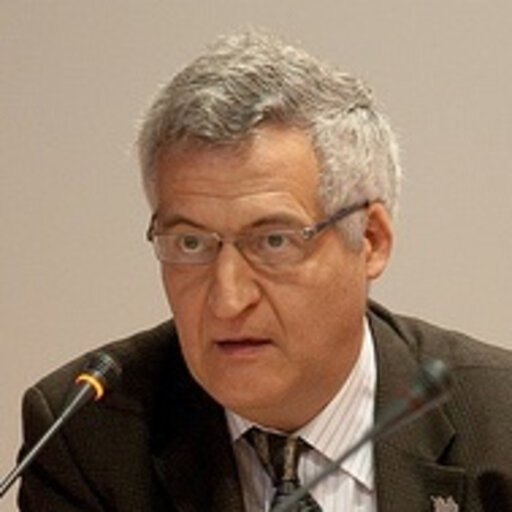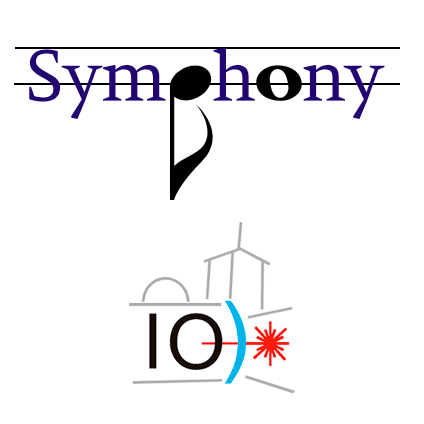Alejandro Manjavacas of the Institute of Optics, Miguel Catalán Award for his research in the area of nanophotonics.
-
The award, granted by the Community of Madrid, celebrates the work of our colleague as a researcher under 40 years of age. His contributions in the area of plasmonics and nanophotonics have opened new lines of research.
Madrid / February 14, 2024
Our colleague from the Institute of Optics “Daza de Valdés” of the CSIC, Alejandro Manjavacas from the Theoretical Nanophotonics group, has been awarded the Miguel Catalán prize of the Community of Madrid for his research in the area of Science.
Latest News

The Miguel Catalán award is reserved for researchers under 40 years of age and aims to “stimulate, recognize and reward the quality and excellence of the scientific and research work carried out at the beginning of their research career. Also, to encourage the emergence of vocations in the field of research and thus stimulate young people in the region to value research activity,” says the Community of Madrid.
Alejandro’s field of research focuses on the interaction between light and matter at the nanoscale. One of his recent contributions is to be the first to predict that a rotating nanostructure in vacuum would suffer a friction that causes its rotational speed to slow down until it finally stops.

Alejandro Manjavacas has been previously recognized with awards such as the BBVA Foundation RSEF Physics Award – Novel Researcher in Theoretical Physics, the “NSF Career Award” from the National Science Foundation of the United States, and the Leonardo Scholarship from the BBVA Foundation, as well as being in the “Premio de Física RSEF Fundación BBVA – Investigador Novel en Física Teórica”. 2% of the world’s top scientists according to Stanford University
Alejandro Manjavacas’s field of research
Alejandro Manjavacas’ research is focused on the study of the interaction between light and matter at the nanoscale. During his career, he has made pioneering contributions in the description of the optical properties of metallic nanostructures, the generation of hot carriers induced by plasmons and the response of periodic systems. In addition, he has played a crucial role in the study of phenomena induced by electromagnetic field fluctuations, most notably the discovery of vacuum friction affecting rotating nanostructures.
Even in the absence of matter any object is surrounded by electromagnetic field fluctuations, and these fluctuations give rise to phenomena such as thermal radiation or Casimir forces. Alexander was the first to predict that a rotating nanostructure in vacuum will undergo friction that causes its rotational speed to slow down until it finally stops. Subsequently, Alejandro has proposed to use this phenomenon to obtain lateral forces and transmit angular momentum at the nanoscale without the use of external light sources, in addition to controlling heat transfer.
All these results, which have direct application in nanotechnology, have opened up new lines of research and stimulated a large number of experimental works.
Communication IO-CSIC
cultura.io@io.cfmac.csic.es
Related News
Next Thursday, March 27, scientific coffee with Gabriel Cristóbal
Looking at the Invisible: Optical Microscopy and Imaging This talk will be on Thursday the 27th at 11:00 a.m. in the center's Conference Room.Madrid...
Women’s Day at the Institute of Optics
Madrid / March 8, 2025Today, March 8, is International Women's Day. On this day, we want to claim the need for real and effective gender equality in...
“Empowering Talent” Workshop Strategies for bias-free processes
The workshop on unconscious biases will be taught (in English) by Mahmoud Assy, an expert in Diversity, Equity and Inclusion. This activity will be...




